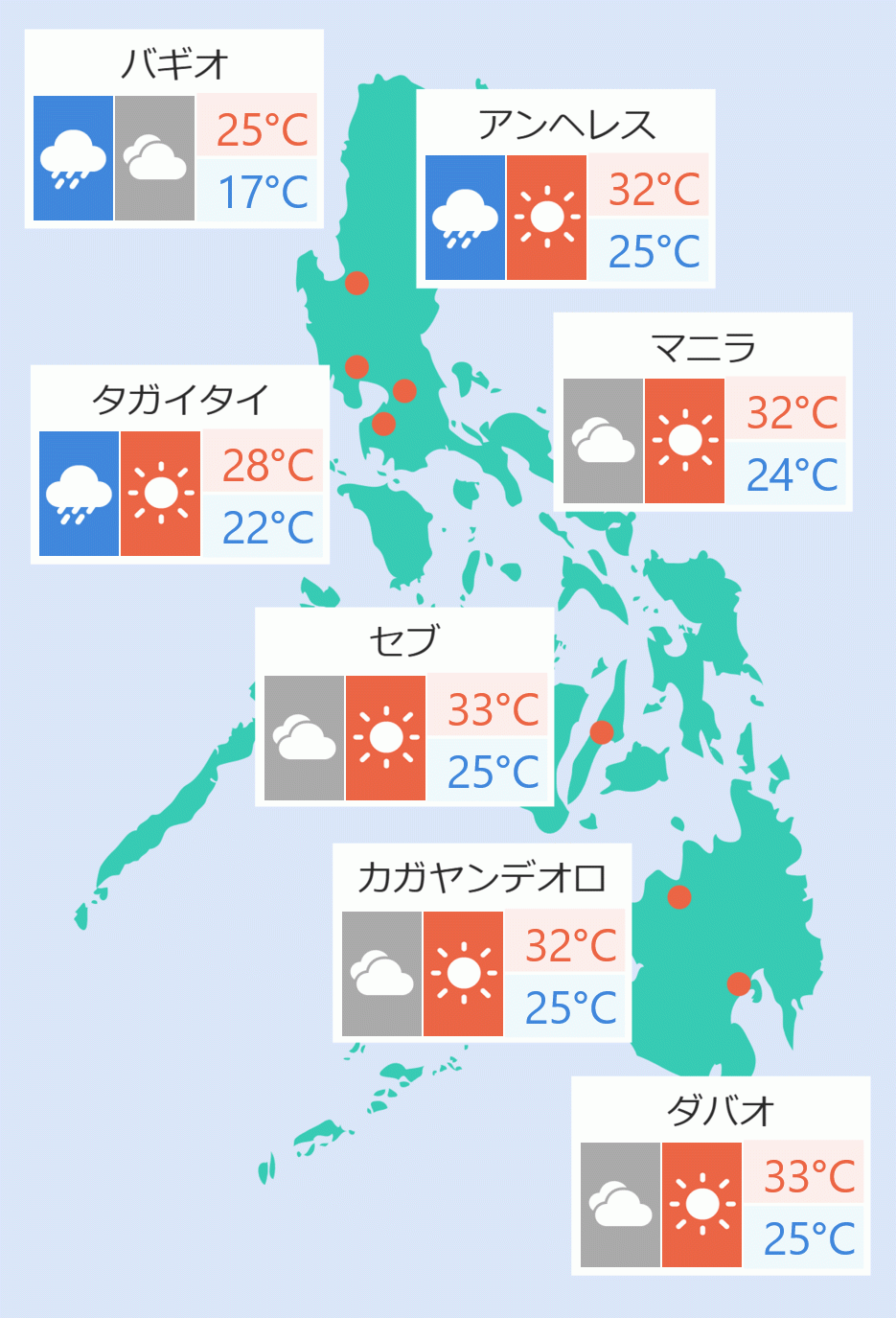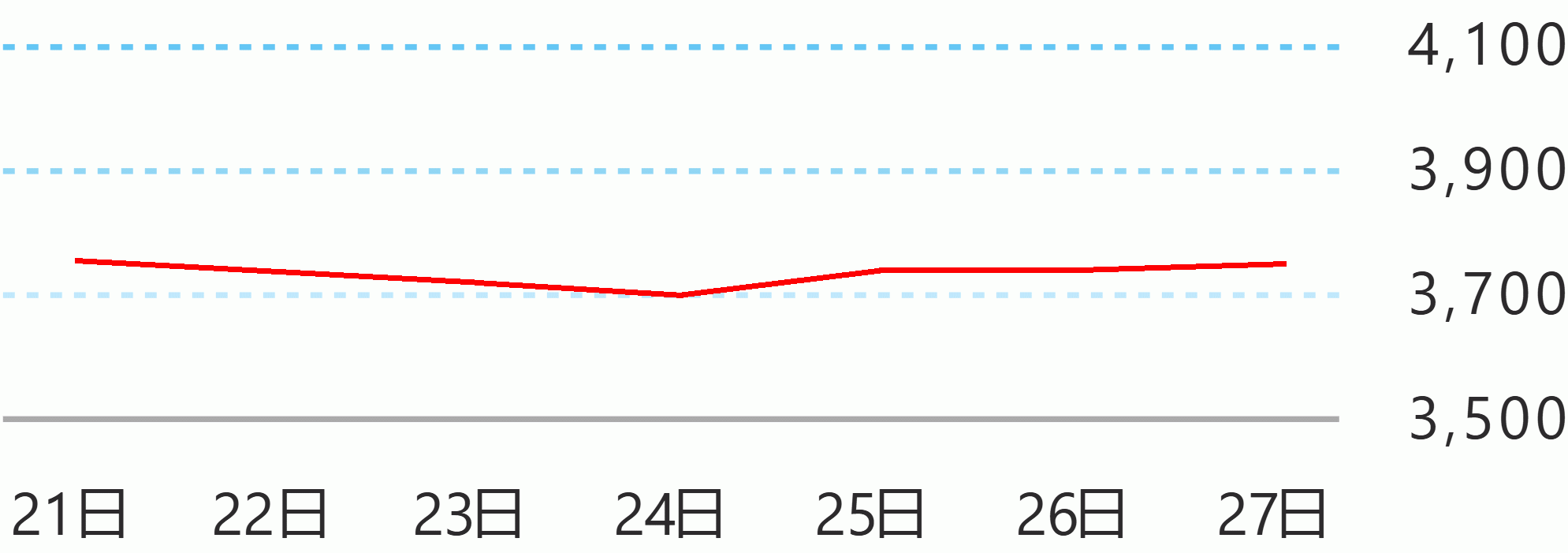Prices of palay and rice are expected to stabilize as thousands of farmers start to harvest their main season crop this September and October.
By the end of September, initial palay harvest is expected to reach 2 million metric tons (MMT), and in October up to 3 MMT, totalling 5 MMT, based on estimates by the Philippine Rice Information System (PRiSM) using satellite data, as of August 14, Leo Sebastian, Agriculture Undersecretary for Rice Industry Development said in a report to President Ferdinand R. Marcos Jr.
"In all, for the second semester, or July to December, we estimate to produce more than 11 million metric tons, and barring strong typhoons in the remaining months of the year, we hope to hit the 20-million MT level for 2023 national palay output," Sebastian added.
For the month of September 2023, Sebastian said the Philippine Rice Industry Stakeholders Movement (PRISM) has reported that the bulk of the 2.3-MMT harvest would come from 12 provinces, namely: Isabela (419,000+ MT), Cagayan (172,000+ MT), Iloilo (148,000+ MT), Nueva Ecija (137,000+ MT), North Cotabato (95,000+ MT), Leyte (91,000+ MT), Oriental Mindoro (77,000+ MT), Camarines Sur (76,000+ MT), Palawan (73,000+ MT), Bukidnon (61,000+ MT), Zamboanga del Sur (55,000+ MT), and Davao del Norte (52,000+ MT).
By end of October, most of the estimated 2.9-MMT palay yield would come from 15 provinces, namely: Nueva Ecija (440,000+ MT), Pangasinan (258,000+ MT), Tarlac (172,000+ MT), Isabela (163,000+ MT), Occidental Mindoro (153,000+ MT), Cagayan (151,000+ MT), Oriental Mindoro (110,000+ MT), Palawan (90,000+ MT), Bulacan (74,000+ MT), Iloilo (74,000+ MT), Bukidnon (69,000+ MT), Agusan del Sur (61,000+ MT), Ilocos Sur (59,000+ MT), Leyte (55,000+ MT), and Camarines Sur (53,000+ MT).
For the 2023-2024 dry season, Sebastian said the DA under the Masagana Rice Industry Development Program (MRIDP) of the President, who is also DA Secretary, will continue to provide clustered rice farmers (IAs, FCAs, ARBOs and SWISAs) with needed high-yielding seeds, fertilizers, biofertilizers, soil ameliorants, farm machinery, and extension, financial, and marketing support.
"Initially, we will focus on fully irrigated clustered farms to optimize palay yield, where farmers would plant high-yielding hybrid rice varieties, to at least one million hectares (ha), and we expect them to produce an average of six to eight MT per hectare, for a total of 6 to 8 MMT,'' said Sebastian.
The DA will implement MRIDP with its regional field offices, National Irrigation Administration (NIA), Bureau of Soils and Water Management (BSWM), local government units (LGUs), Department of Agrarian Reform (DAR), the private sector, and more importantly with organized farmers' groups, particularly Irrigators’ Associations (IAs), Farmers’ Cooperatives and Associations (FCAs), Agrarian Reform Beneficiaries Organizations (ARBOs), and Small Water Irrigation System Associations (SWISAs). Presidential News Desk





 English
English









